Complete Guide to Pipe Support Selection: How to Choose for Different Working Conditions
2025-06-26 17:54:08
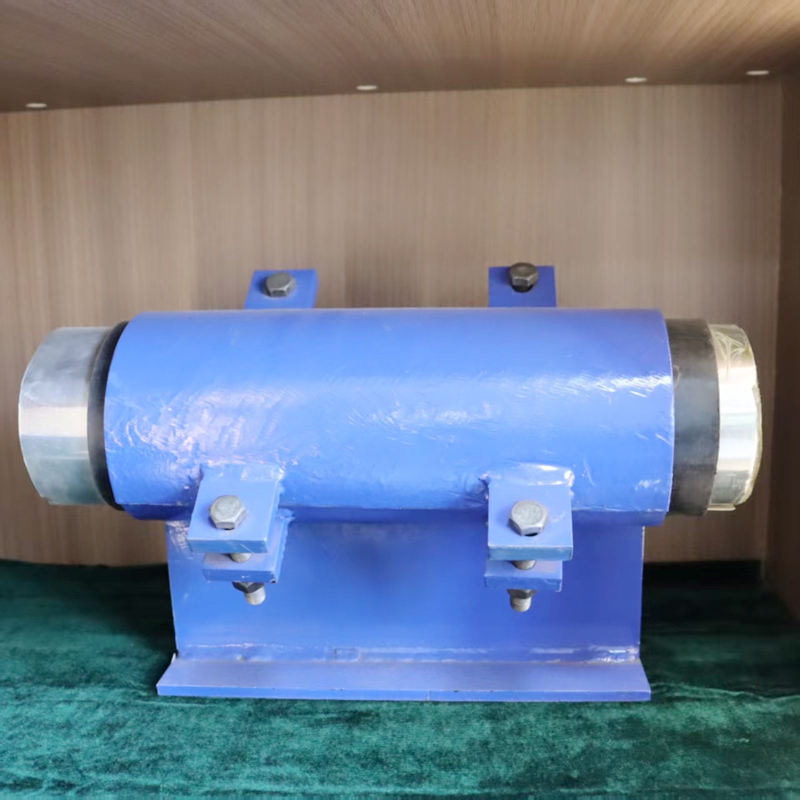
Complete Guide to Pipe Support Selection: How to Choose for Different Working Conditions
Pipe supports (管托) are essential components in piping systems, used to bear loads, absorb movement, and prevent stress on pipes and connected equipment. Proper selection depends on factors like pipe size, operating temperature, medium, layout, and environmental conditions. Below is a comprehensive guide to choosing the right type of pipe support for various applications:
1. Based on Pipe Movement
Fixed Support (固定管托)
Application: When the pipe must not move in any direction.
Used in: Anchor points, to absorb thermal expansion elsewhere.
Note: Must be paired with expansion joints or flexible sections elsewhere in the system.
Sliding Support (滑动管托)
Application: Allows axial movement due to thermal expansion or contraction.
Used in: Long straight pipelines, above-ground systems.
Note: Must be installed on low-friction surfaces like PTFE pads or rollers.
Guided Support (导向管托)
Application: Allows movement in one direction while restricting others.
Used in: Systems where lateral movement must be controlled but axial expansion is allowed.
Note: Often used between anchor points.
Spring Support (弹簧管托)
Application: Compensates for vertical movement due to weight or thermal expansion.
Used in: Boilers, tanks, or elevated piping under variable loads.
Note: Available in constant and variable load types.
2. Based on Operating Temperature
High-Temperature Pipelines (>300°C)
Support Type: Insulated pipe supports, high-temperature pads, alloy supports.
Material Suggestion: Use stainless steel or alloy for corrosion and heat resistance.
Consideration: Allow for vertical lift or drop due to pipe expansion.
Low-Temperature Pipelines (<0°C)
Support Type: Cryogenic pipe supports, with polyurethane or phenolic foam insulation.
Goal: Prevent condensation and heat loss; avoid thermal bridging.
Note: Must ensure pipe is thermally isolated from steel structure.
3. Based on Pipe Size and Weight
Small to Medium Pipes (<DN150):
Support Type: Simple U-bolts, clamps, or hanging supports.
Note: Easy to install and adjust.
Large-Diameter or Heavy Pipes (DN200 and above):
Support Type: Saddle supports, structural shoes, load-distributing pads.
Note: Use base plates and anchors to distribute load effectively.
4. Based on Environment
Outdoor or Coastal Installations:
Challenge: Corrosion from moisture, salt, or UV.
Support Type: Galvanized or stainless-steel supports; consider coating or painting.
Optional: Use rubber-lined or PTFE-lined clamps to reduce wear.
Underground Pipelines:
Support Type: Concrete blocks, cradle supports, or embedded anchor systems.
Note: Must be corrosion-resistant and able to withstand soil pressure.
Seismic or Vibrating Environments:
Support Type: Dynamic supports with vibration isolators, sway braces, shock absorbers.
Goal: Absorb shock, prevent fatigue failure, maintain alignment.
5. Based on Installation Position
Overhead Piping:
Support Type: Hangers, trapeze supports, spring hangers for vertical adjustment.
Installation Tip: Ensure rod length and spacing comply with load-bearing calculations.
Floor- or Rack-Mounted Piping:
Support Type: Pipe shoes, base-mounted supports, adjustable stands.
Advantage: Easy to install and maintain; provides better stability.
6. Based on Medium and Process Needs
Hot Oil, Steam, Chemicals:
Support Type: Corrosion- and heat-resistant materials.
Note: Avoid rubber or plastic materials; use graphite, stainless steel.
Sanitary or Cleanroom Applications (Pharma, Food):
Support Type: Hygienic pipe supports, easily cleanable designs.
Note: Avoid dirt traps; stainless steel with smooth finish is standard.
7. Pipe Support Accessories to Consider
PTFE Slide Plates: Reduce friction in sliding supports.
Insulation Blocks: For thermal isolation and load distribution.
Hold-down Clamps: For resisting uplift or wind loads.
Anti-vibration Pads: For noise and vibration reduction.
Thermal Expansion Anchors: For controlled movement.
Conclusion
Choosing the right pipe support is critical for ensuring structural integrity, reducing maintenance, and maximizing system lifespan. Always consider movement, temperature, environment, weight, and medium when selecting. In complex systems, simulation or stress analysis may be necessary to determine optimal support configuration. Collaborate with engineers and refer to standards such as ASME, MSS-SP58, and EN 13480 when designing support systems.
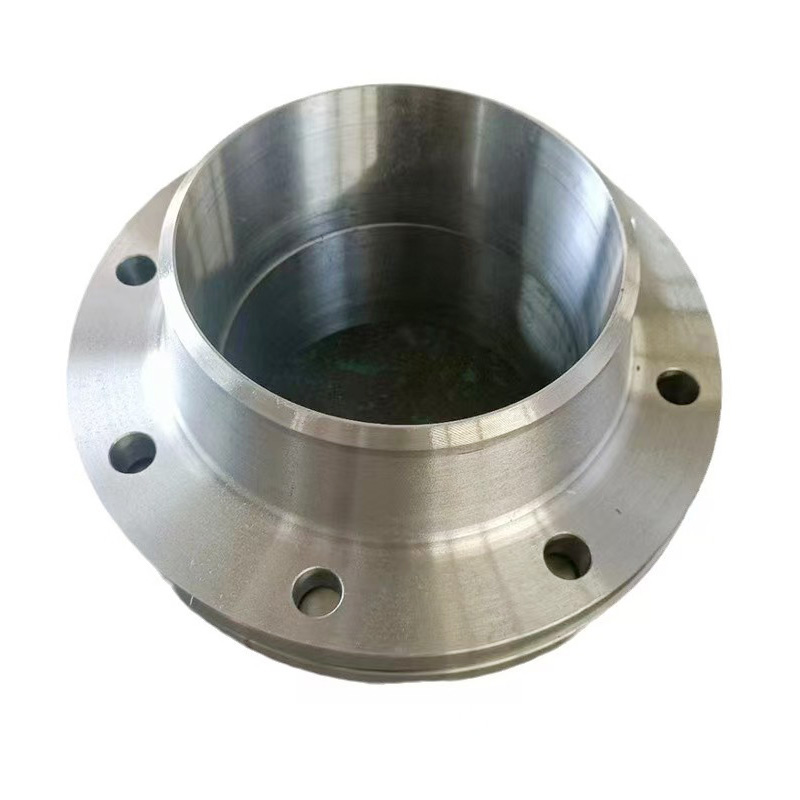
AWeld Neck Flange (WN Flange)is a type of piping flange designed to be welded to a pipe or ...
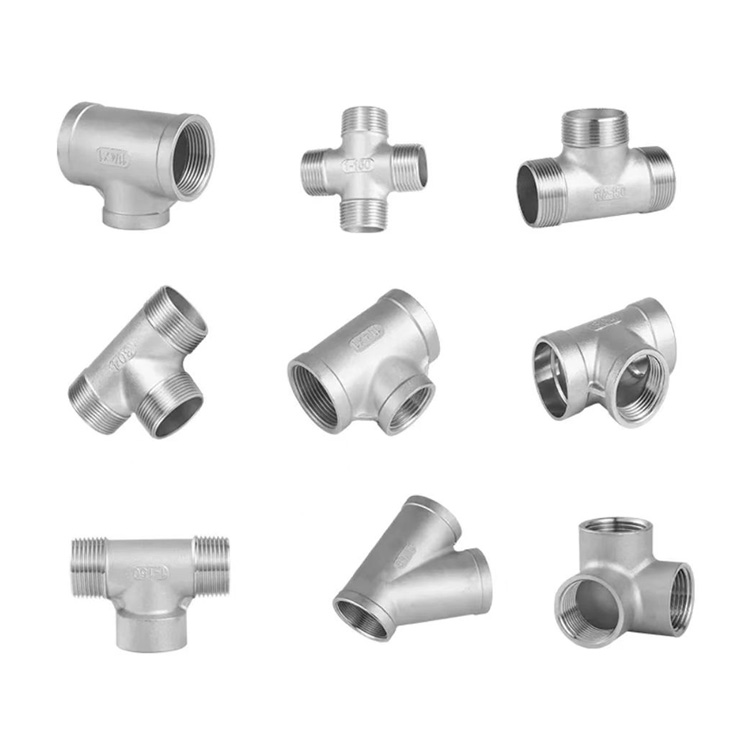
Socket fittings are essential components in piping systems, designed to connect, branch, or...
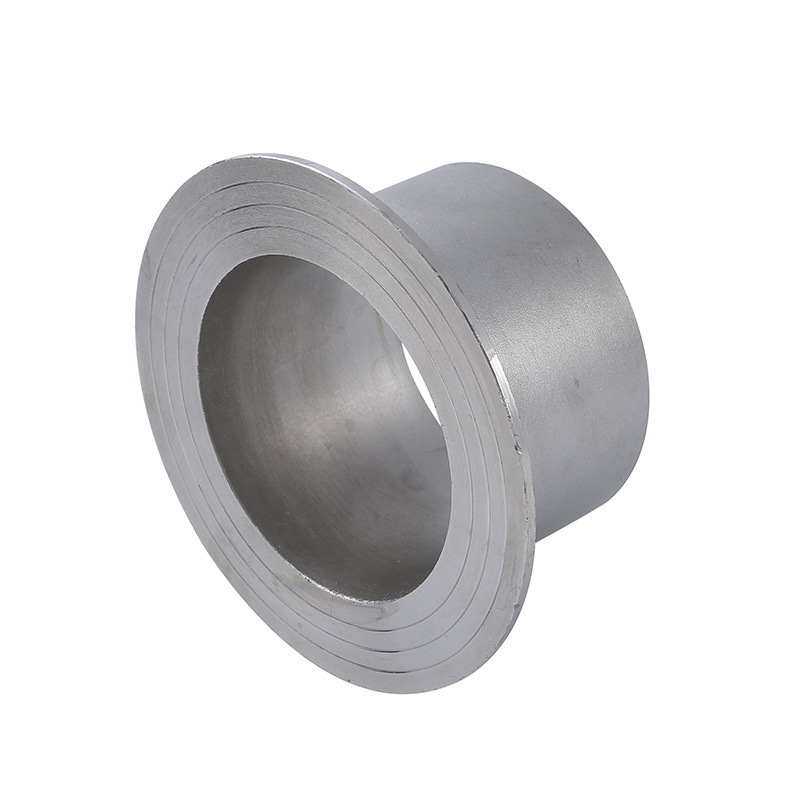
Welding ring is a commonly used metal ring component in pipeline connection or equipment do...
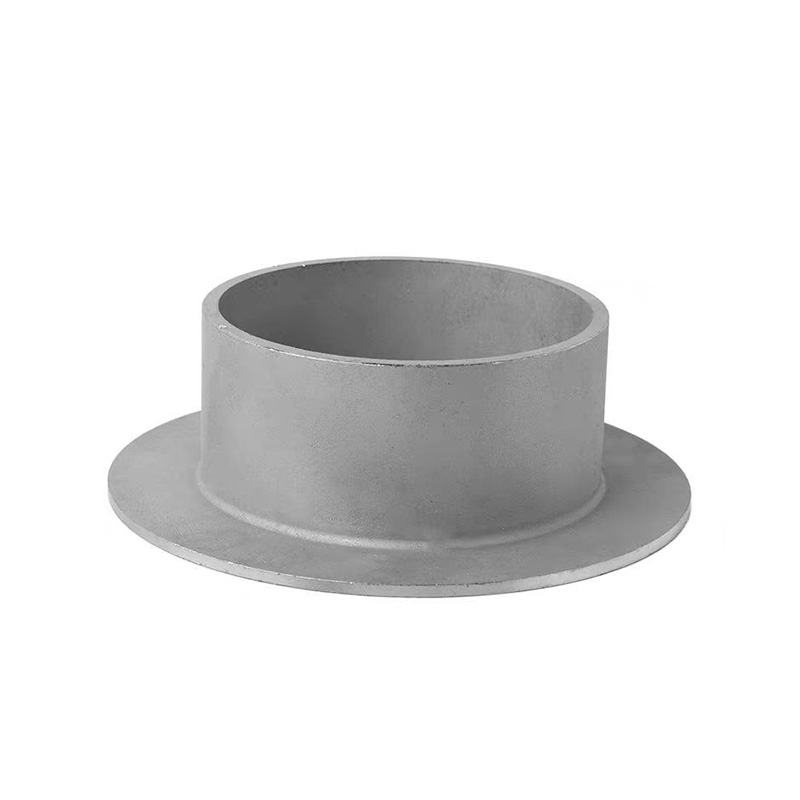
Welding ring is a pipe fitting used for pipeline connection. The following is its detailed ...






